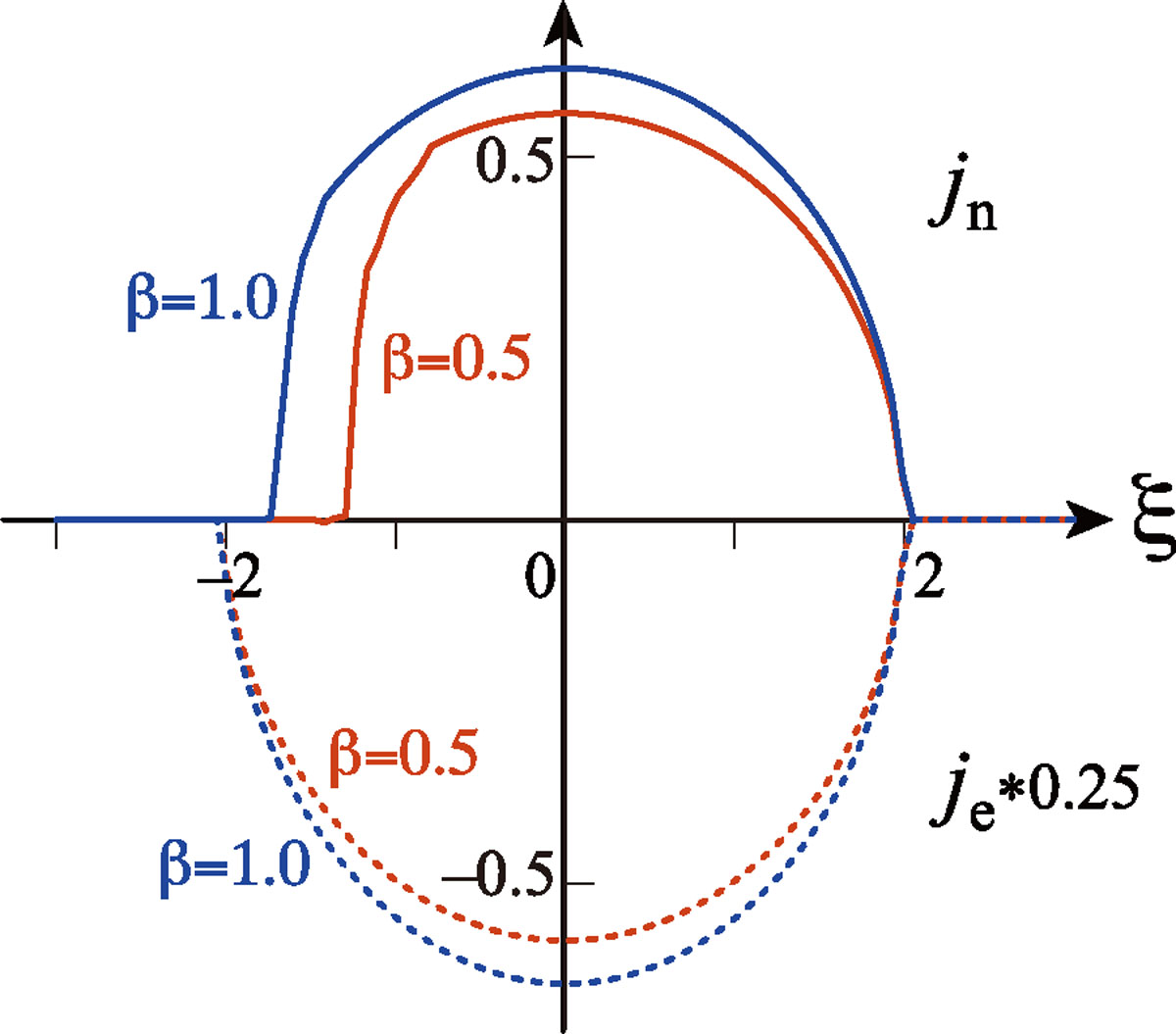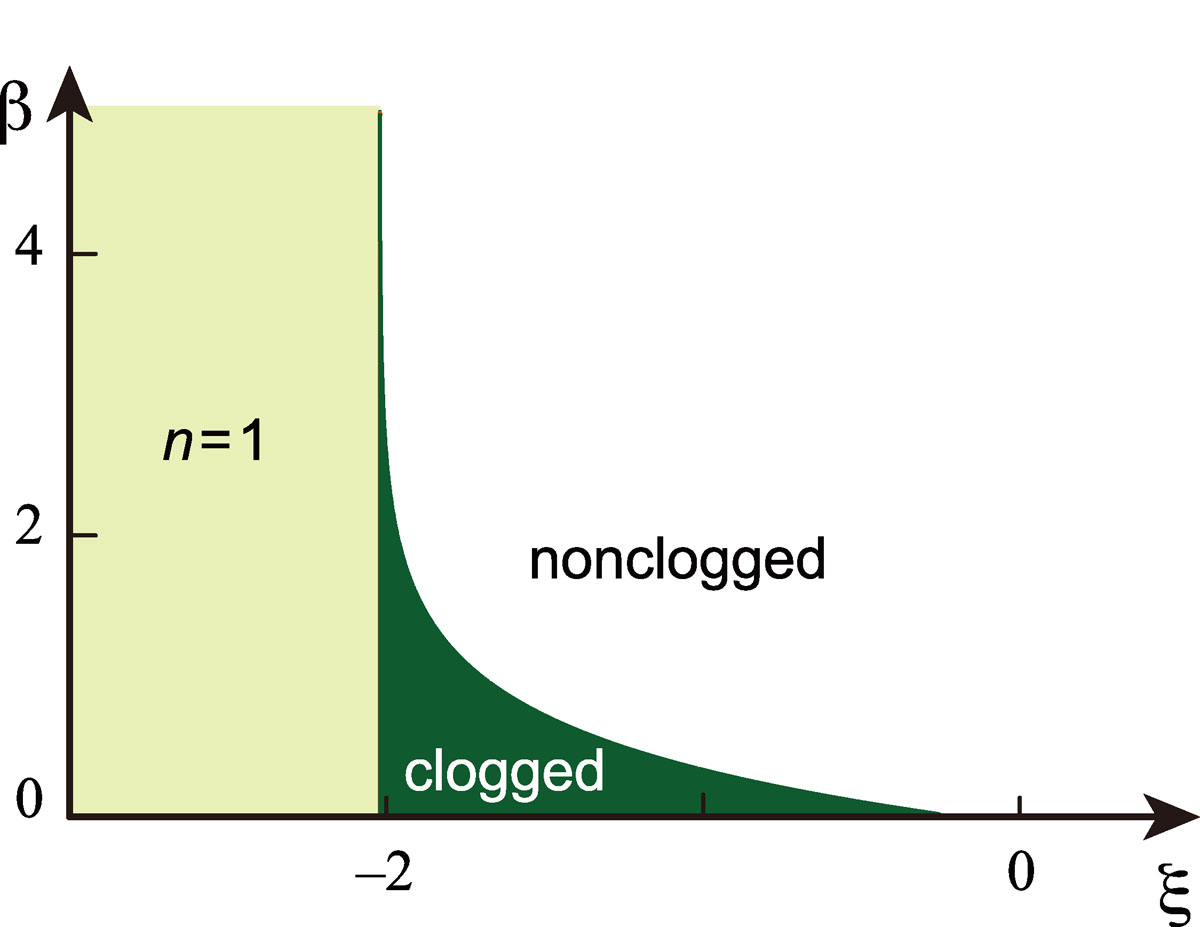Nonequilibrium Dynamics in Strongly Correlated Electrons in One Dimension and Clogged Charge Current
Tsunetsugu Group
Understanding nonequilibrium dynamics in strongly correlated systems is an important issue and a big challenge for both theorists and experimentalists. Recently proposed generalized hydrodynamic (GHD) theory [1] succeeds in describing nonequilibrium dynamics in one-dimensional models that are exactly solvable through the Bethe ansatz (BA) equations. Its fundamental degrees of freedom are local distribution function of multiple types of “quasiparticles” corresponding to real roots and complex roots (strings) in the BA equations. These distribution functions evolve in space and time following continuity equations, and these equations include effective velocities that need to be determined self-consistently from the local distribution functions.
We have applied the GHD theory to the one-dimensional Hubbard model and studied quench dynamics with a partitioning protocol [2]. The system is initially divided at the origin x = 0 to two semi-infinite parts. The left part is equilibrated at a fixed temperature with half-filling electron density, while the right part is set empty and has no electrons. At time t = 0, the two parts are connected and start to evolve. In this case, local physical quantities depend only on the ray ξ = x/t, and vary continuously in the transient region VL < ξ < VR. We have calculated charge and energy densities, n(ξ), e(ξ), and their currents, jn(ξ), je(ξ), and examined the proportionality relation between jn(ξ) and je(ξ). An interesting finding is a phenomenon we named clogging. Inside the transition region, there appears at high temperatures a region that has zero charge current although nonzero energy current flows. This clogged region locates next to the left part with half-filling electron density. A similar behavior was found for spin current in quantum spin systems [3]. We proved its presence in the infinite temperature limit, and also confirmed by numerical calculations a finite region size, which shrinks with decreasing temperature. In the clogged region, one type of quasiparticles have the same charge as electron and they flow towards the empty side as one expects. This charge current is cancelled by the counterflow carried by other types of quasiparticles that are bound states of multiple electrons. All the types of quasiparticles carry negative energy towards the empty part, thus leading to a nonzero energy current in the clogged region.
The clogging of charge current is an interesting unexpected behavior in nonequilibrium dynamics of strongly correlated electrons in one dimension, and it is worth trying to observe it in experiments.
References
- [1] O.A. Castro-Alvaredo, et al., Phys. Rev. X 6, 041065 (2016); B. Bertini et al., Phys. Rev. Lett. 117, 207201 (2016).
- [2] Y. Nozawa and H. Tsunetsugu, Phys. Rev. B 101, 035121 (2020).
- [3] L. Piroli et al., Phys. Rev. B 96, 115124 (2017).


